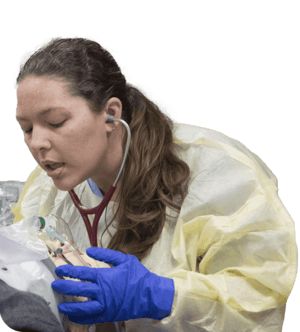Allergic Rhinitis/Sinusitis RECS Learning Module
Objectives
- Recognize the common characteristics of allergic rhinitis and manage appropriately
- Know that allergic rhinitis is a risk factor associated with otitis media and sinusitis
- Know that perennial allergic rhinitis is usually caused by indoor allergens such as dust mites and animal danders
- Differentiate the historical and clinical findings of allergic rhinitis from those of nonallergic rhinitis
- Understand the natural history of sinusitis
- Know the microbiology of acute maxillary sinusitis and treatment options of choice
- Understand the criteria for diagnosing sinusitis
- Know that orally administered decongestants and antihistamines are of unproven benefit in the treatment of acute sinusitis
- Know that it is no longer recommended to perform imaging for uncomplicated episodes of clinical sinusitis (but do a contrast-enhanced CT of the sinuses or MRI with contrast if orbital/CNS complications are suspected)
- Recognize possible complications associated with acute sinusitis
Self-quiz:
- What are some symptoms that patients with allergic rhinitis may experience?
- What are some common physical exam findings?
- What are some findings that help differentiate allergic from nonallergic rhinitis?
- What are some treatment options for allergic rhinitis? (Review the cost also)
- What are some criteria which can help differentiate sinusitis from uncomplicated viral upper respiratory infections?
- What are treatment options (medication) for sinusitis?
- What are potential complications of sinusitis that should be monitored for?
- How do you define chronic sinusitis? What patients are at increased risk of chronic sinusitis?
Reviewed 5/2017













